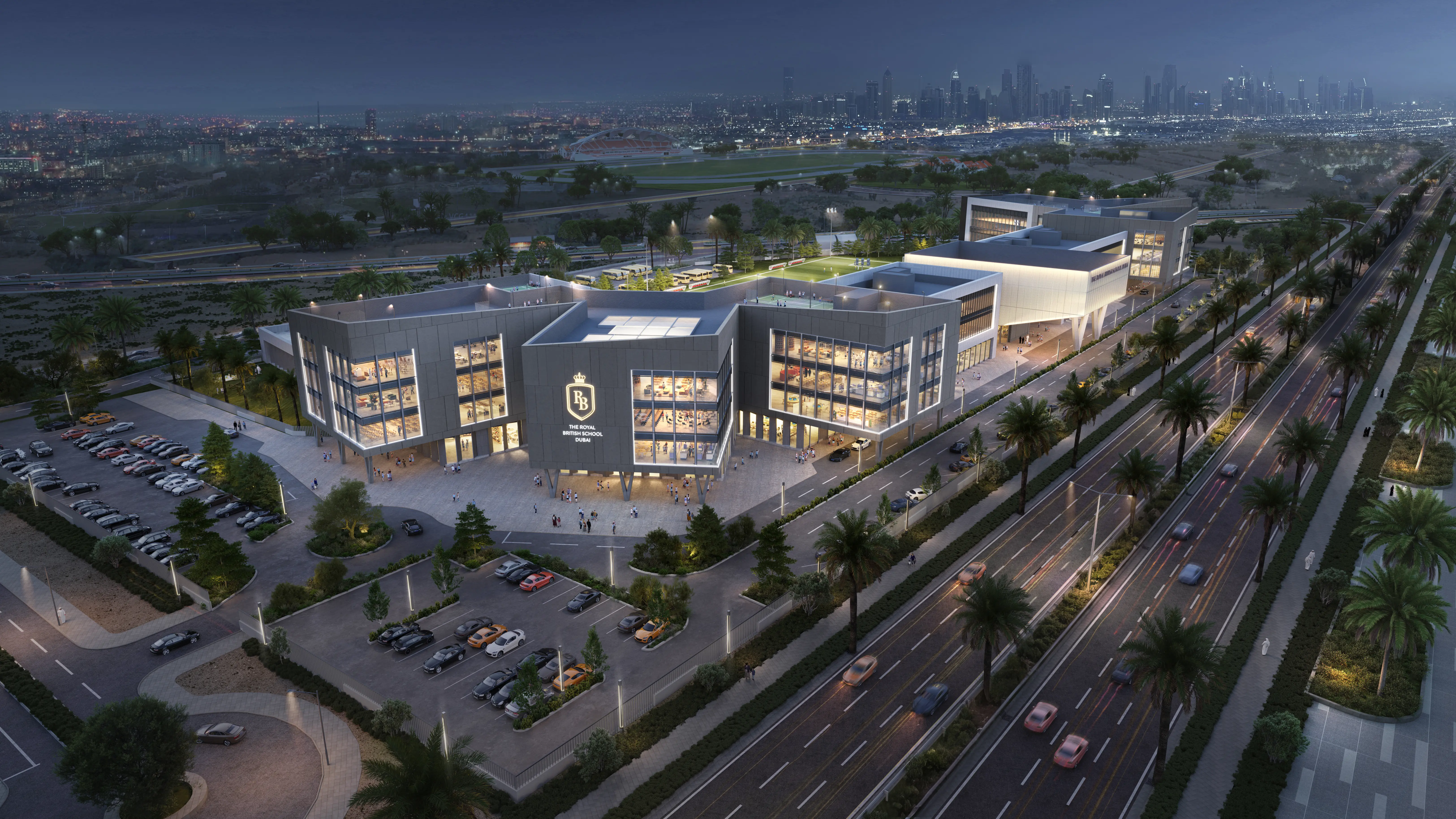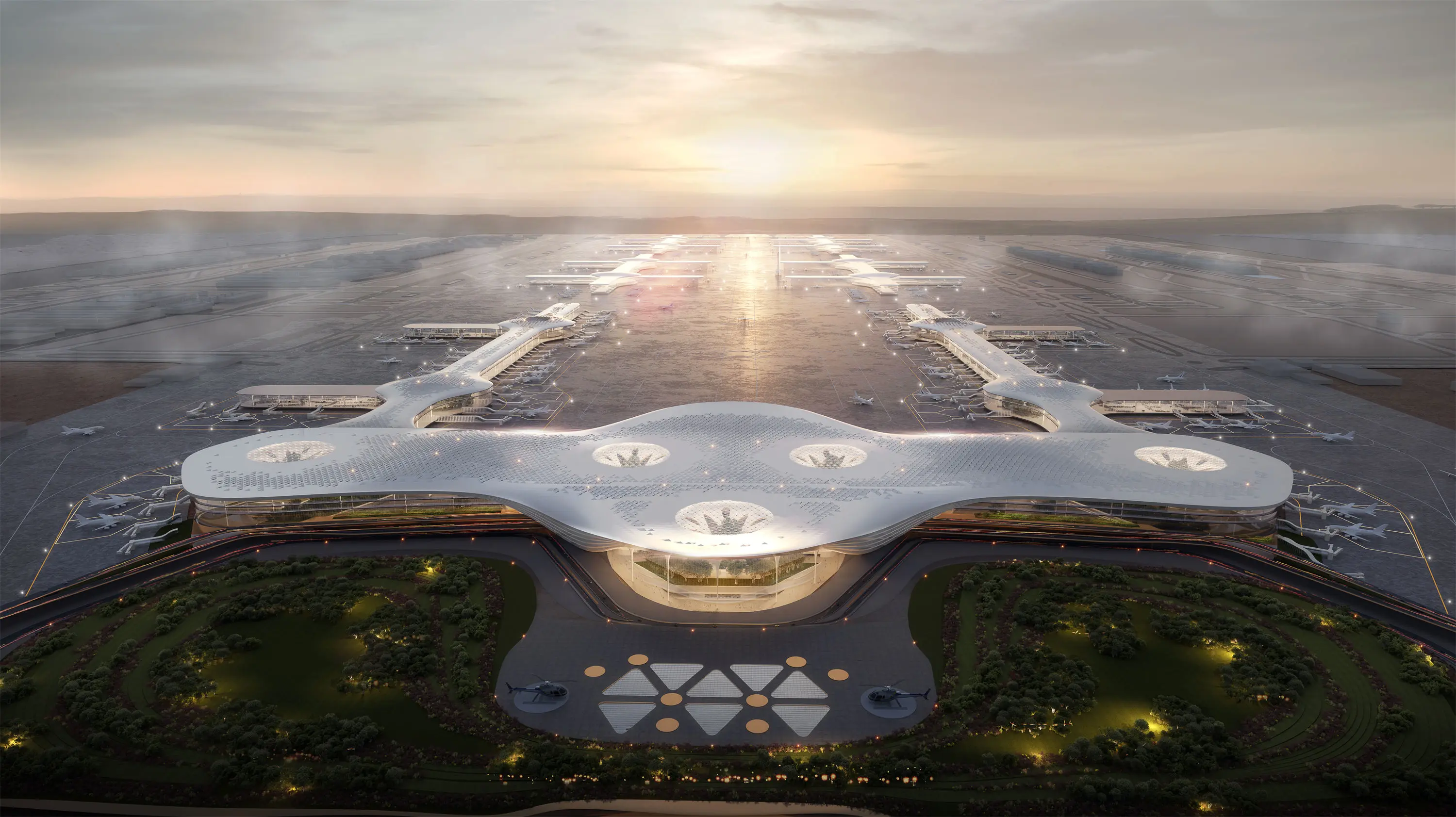How to make a creative indoor roaming animation?
Creative conception
Explore unique themes: Determine unique themes according to the functions and characteristics of the interior space, such as creating a retro indoor space with a specific historical period as the background, or Designing a futuristic indoor environment with a science fiction theme, so that the audience can feel as if they are in a specific story scene when roaming.
Design a unique perspective: Abandon the traditional horizontal perspective and try to use a unique perspective, such as a bird's eye view to show the relationship between the overall layout of the interior and the surrounding environment, or an insect perspective to show details close to the ground, and can also simulate the movement of surveillance cameras and drones to shoot, bringing fresh feelings to the audience.
Build a story line: Design a story line for the roaming animation, so that the audience can follow the development of the story and have emotional resonance while browsing the space. For example, it takes a family's day as the story line, and shows the life fragments of family members through scene switching in different rooms, making the animation more interesting and coherent.

Scene design
Integration of multiple elements: Design elements of different styles, cultures or eras are integrated into the interior space to create a unique space atmosphere. For example, the combination of modern simple style and traditional Chinese elements creates both modern comfort and traditional cultural charm of the interior space.
Create interactive elements: Add some interactive elements, such as clicking on the furniture to show its internal structure or use, clicking on the window to see different scenery or time changes outside the window, increase the audience's sense of participation and desire to explore.
The use of light and shadow effects: the use of light and shadow to shape the atmosphere of the space and guide the audience's sight, through the design of unique lighting layout, such as creating a sense of backlight with a sense of layer, create a mysterious light and shadow atmosphere, or simulate the change of natural light under different times and weather, to add a sense of dynamics and drama to the interior space.
Application of technology
Use of new technology: the use of virtual reality (VR), augmented reality (AR) technology, so that the audience can be immersive experience of the indoor space, but also combined with 360-degree panoramic shooting technology, so that the audience can freely choose viewing Angle, all-round experience of the indoor environment.
Add dynamic effects: In addition to the basic walking path animation, add dynamic effects to the objects in the scene, such as letting the curtain flutter with the wind, letting the fish in the aquarium swim freely, and letting the paintings on the wall display dynamic art works, etc., to make the entire space more vivid.
Innovative lens movement: The use of unique lens movement, such as rotating lens, circling lens, through the lens, so that the audience's sight in the indoor space in a novel way to move, enhance the visual impact of animation.
post-production
Add sound effects and narration: Choose the right music and sound effects to enhance the atmosphere, such as adding soft background music in a quiet bedroom scene, adding the sound of kitchen utensils in a kitchen scene. You can also tell the design concept, story background or interesting details of the space through narration to help the audience better understand and feel the animation content.
Color adjustment: Create a unique visual style through color adjustment, such as using warm colors to create a warm home atmosphere, using cool colors to create a high-tech office space, or using color contrast to highlight the key areas of the space.
Optimize the details: Carefully check and optimize the details in the animation to ensure that the accuracy of the model, the texture of the material, the effect of light and shadow, etc. are in the best state to improve the overall quality.


